This console made of richly carved and gilded with “Mecca” wood, is a characteristic example of the decorative repertoire widespread in Naples in Baroque cabinet-making around the first half of the eighteenth century, Louis XIV period, with elements of particular sumptuousness in the sculptural resolution of the carving.
The console has a sculpted band with elements with large vegetable volutes of rocaille taste and a rich shell carving on the central part. The four legs are characterized by an arched movement and a curly foot. The wood has a gilding silver leaf finish. The mecca process is a type of gilding performed on silver leaf to assume the appearance and the preciousness of the gold leaf. Mecca is a paint from the ancient recipe that was jealously guarded in the shops. It involves the use of sandracca rubber and gutta rubber in alcohol, dragon blood and other ingredients that, in mixture with each other, contribute to the different chromatic elements of the mecca.
The top, moulded and lacquered in fake marble, was replaced in the nineteenth century.
In the important Italian palaces between the seventeenth and eighteenth centuries the consoles were among the most sought-after furnishings, emblem of the wealth of the client, to show off in the large halls of representation. This type of highly decorative furniture is still today of great scenic effect and contributes to the majesty of every room that hosts it.
The warm colour given by the Mecca finish makes this furniture bright, graceful and very decorative, easy to fit in contexts of antique furniture but also modern.


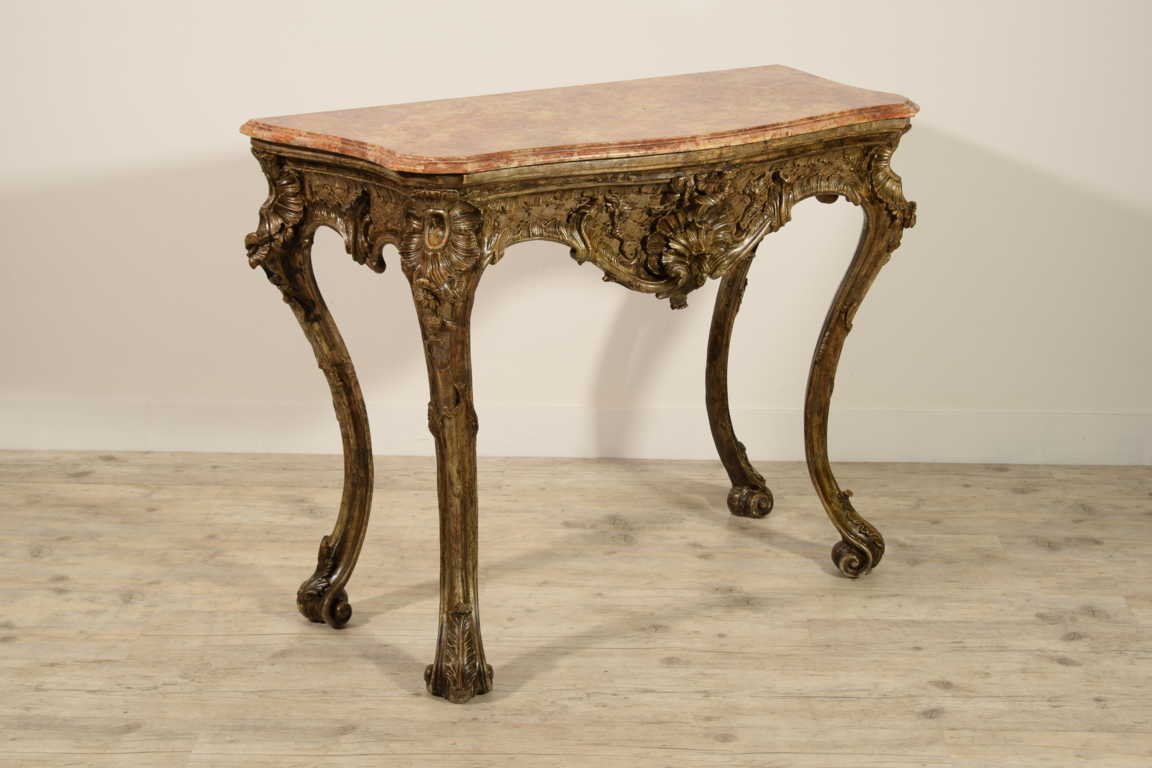



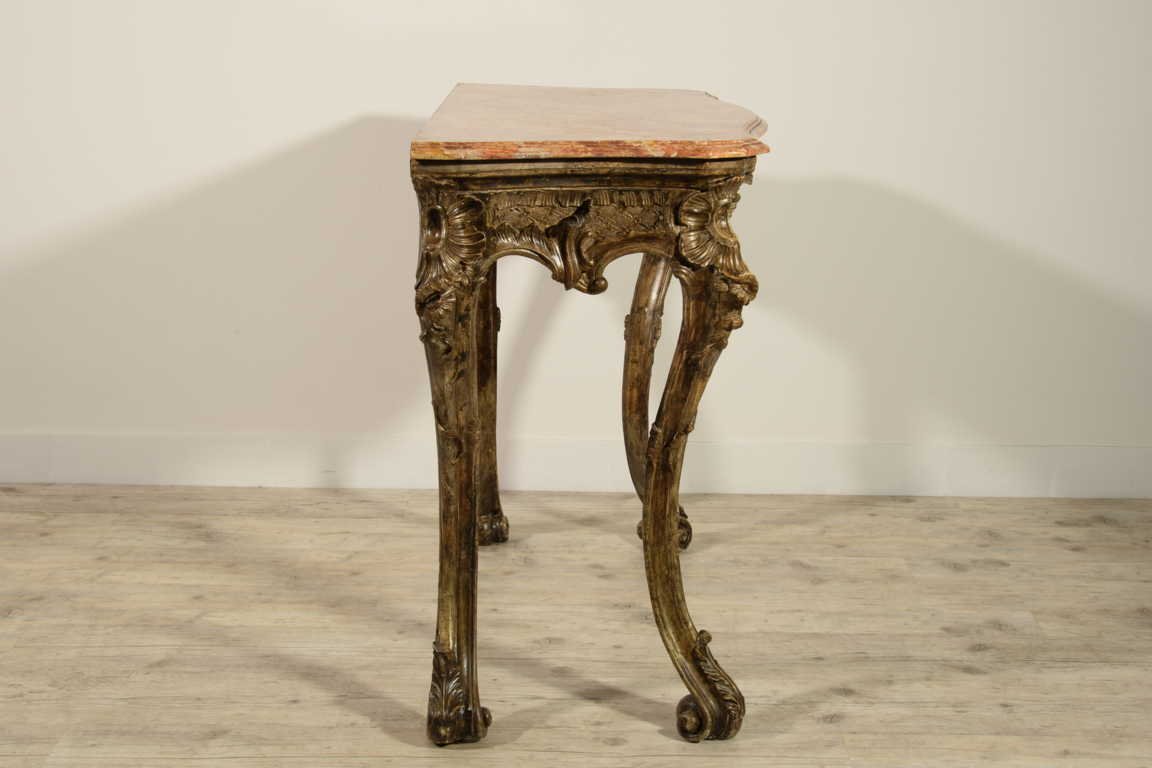
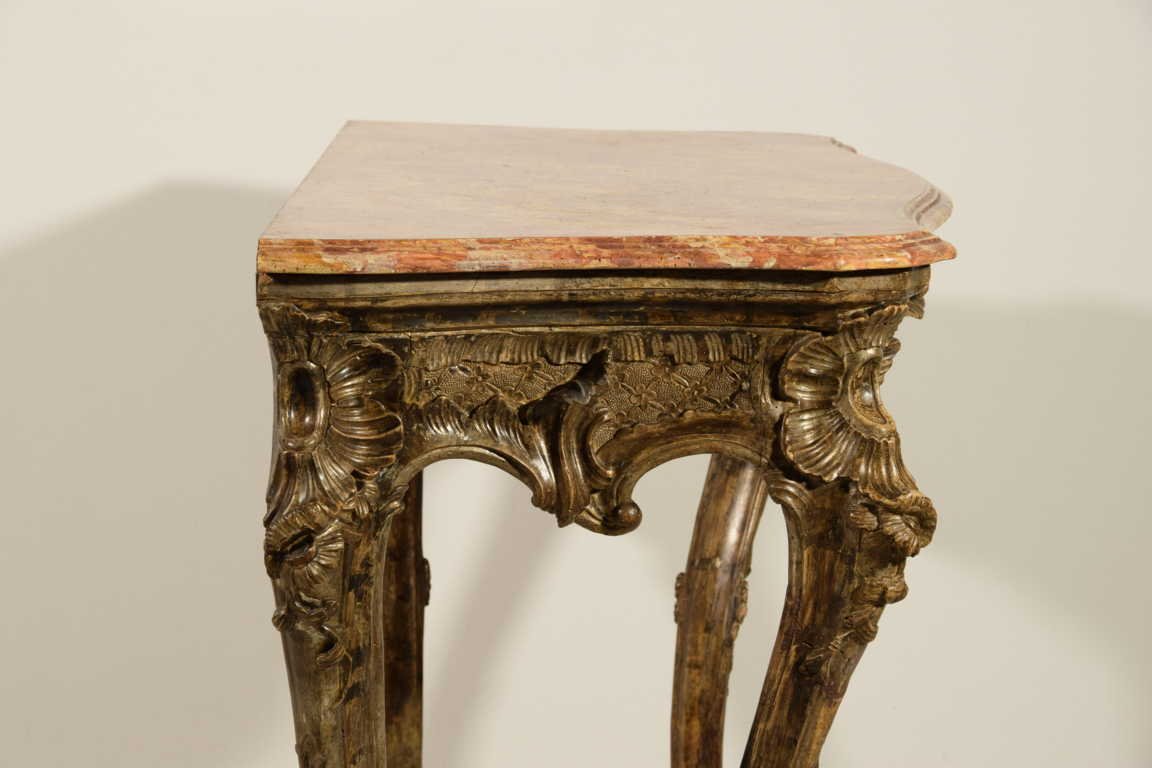
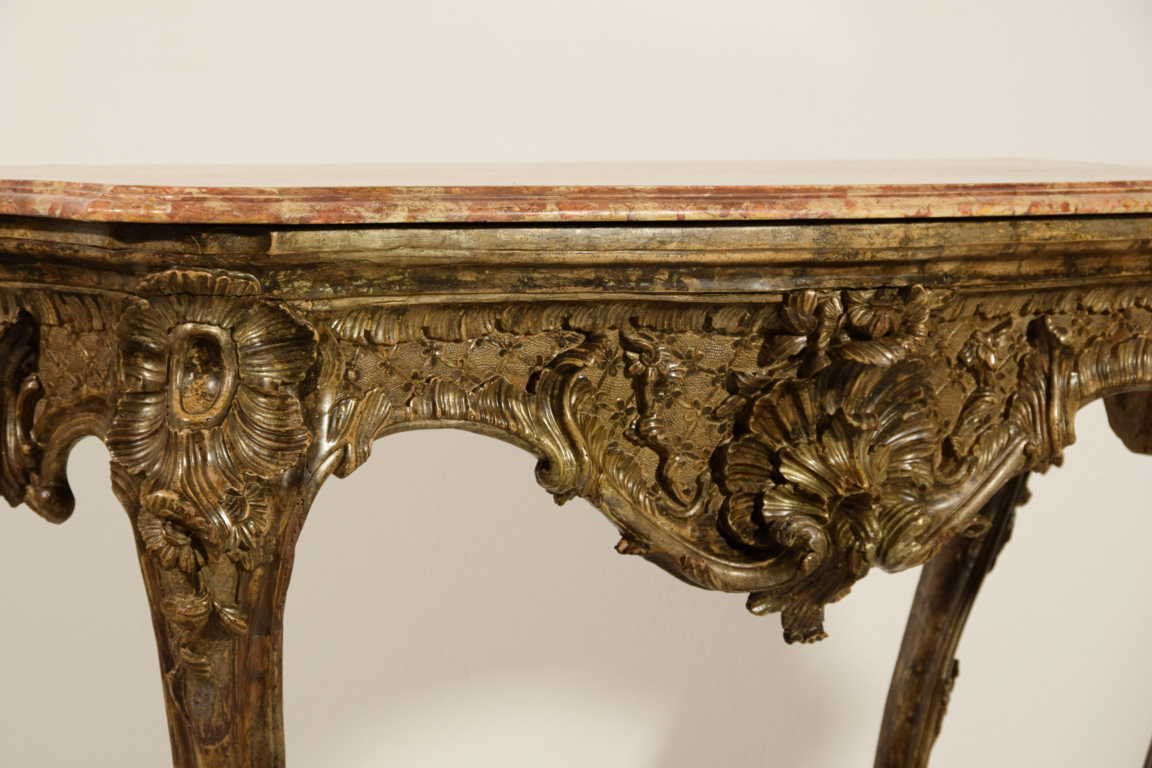

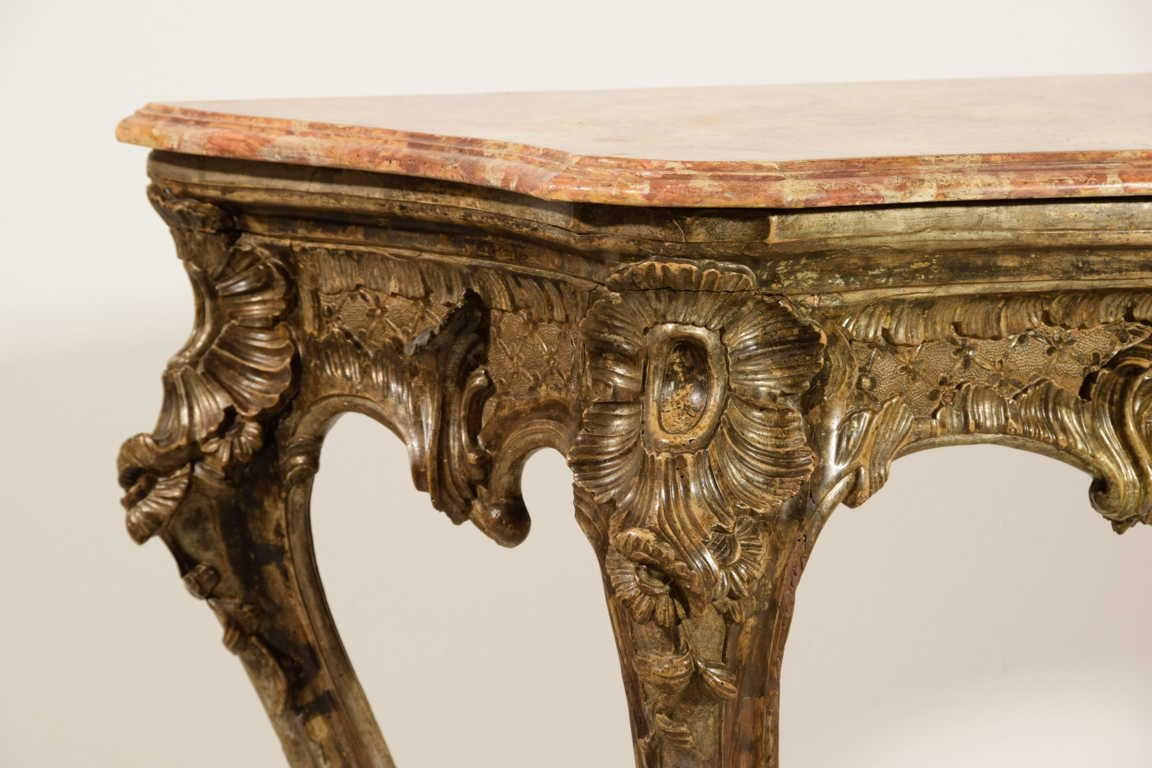
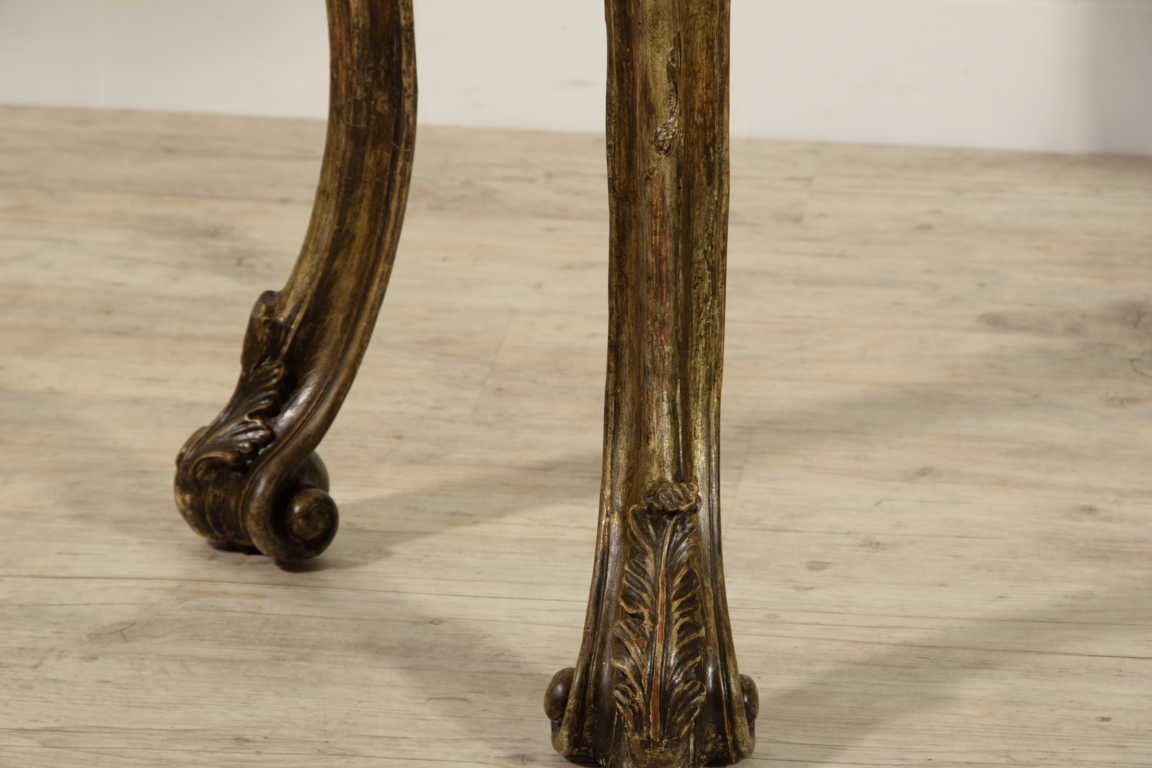

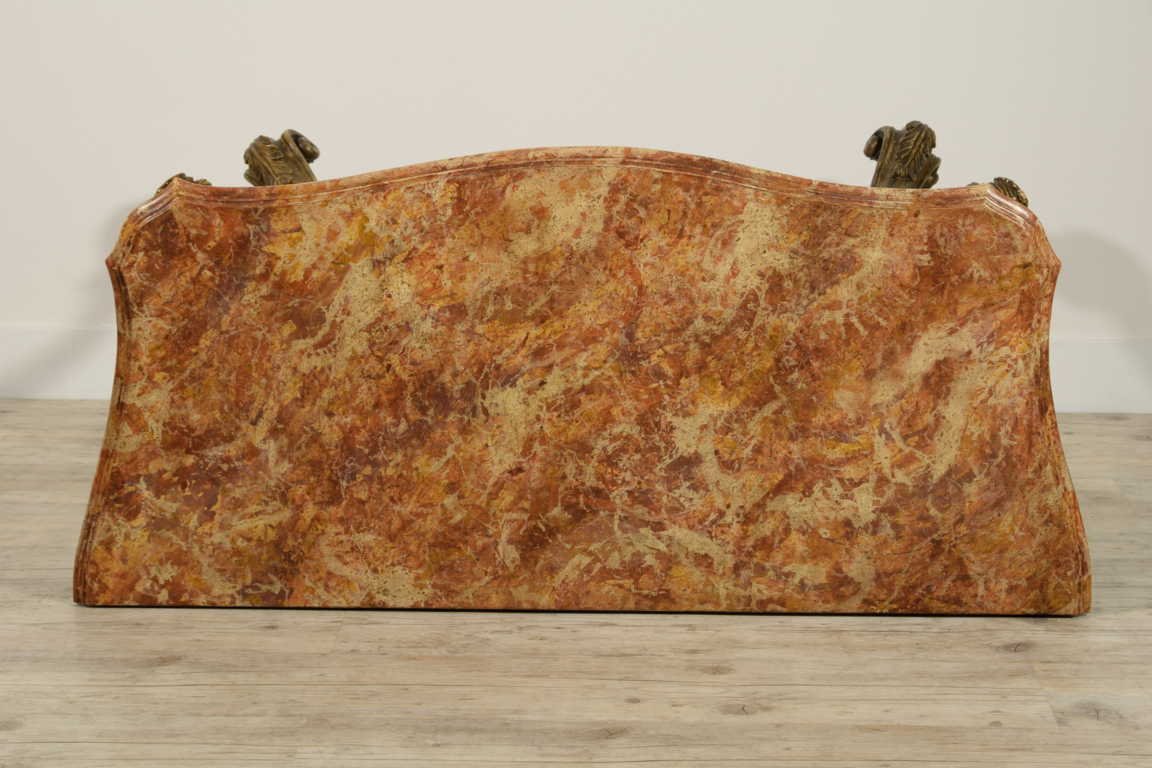


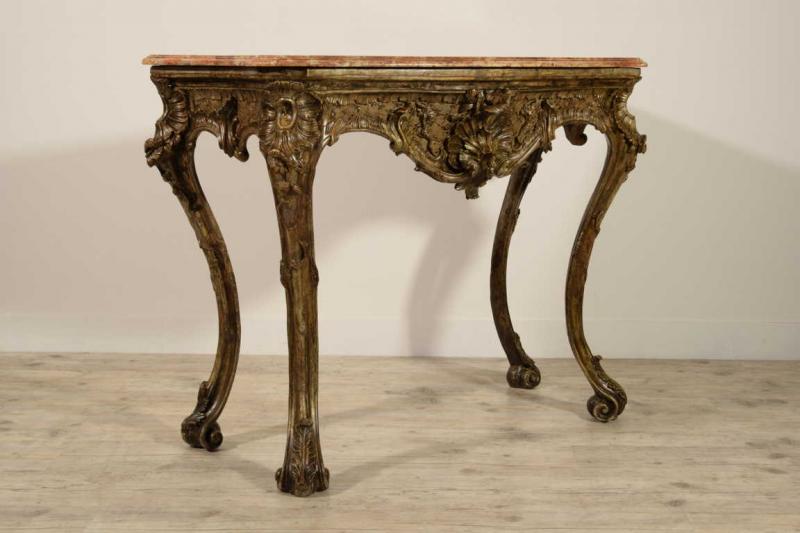




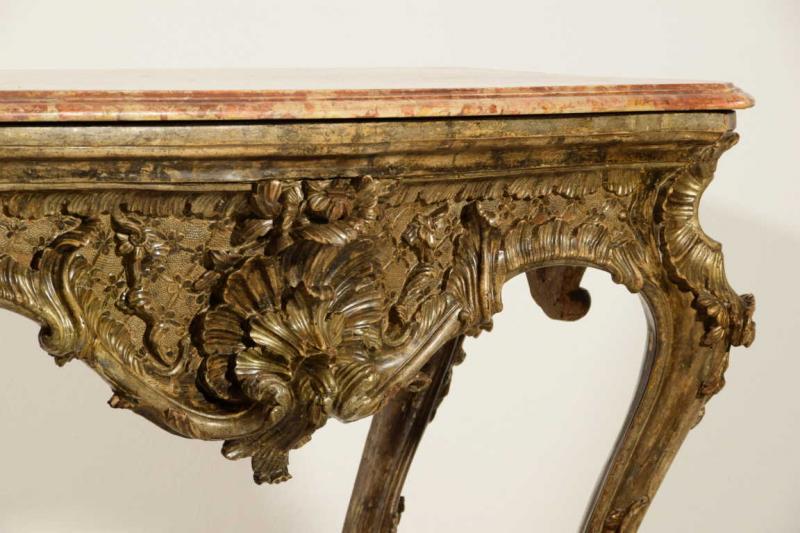





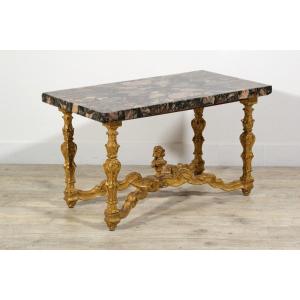



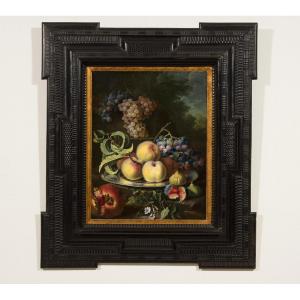





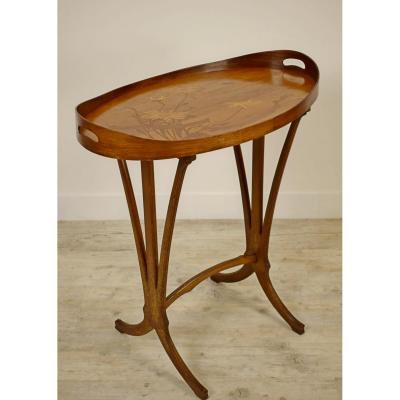




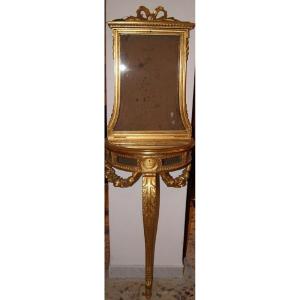



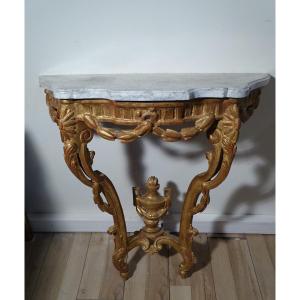



 Le Magazine de PROANTIC
Le Magazine de PROANTIC TRÉSORS Magazine
TRÉSORS Magazine Rivista Artiquariato
Rivista Artiquariato